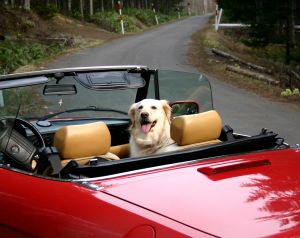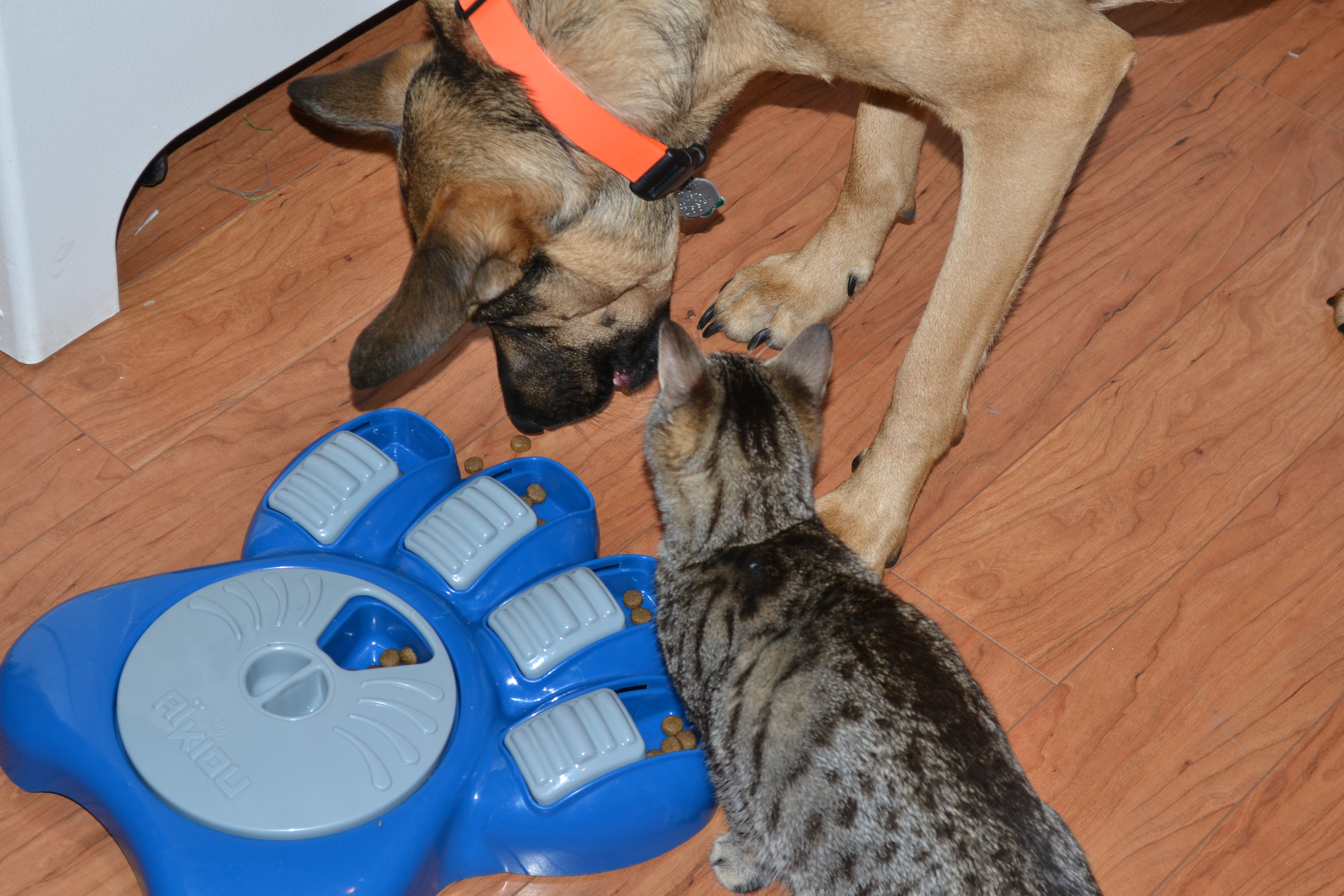 I recently got a question from a reader about her dog and his car phobia. She said that he trembles the whole time and she feels absolutely terrible when they have to go places with him. This is a pretty common scenario, unfortunately. Car phobia can arise from a lack of socialization to the car at a young age or a traumatic experience while in the car at some point in the dogs history. I want to go over some ways you can help your dog learn that the car is something to look forward to instead of fear.
I recently got a question from a reader about her dog and his car phobia. She said that he trembles the whole time and she feels absolutely terrible when they have to go places with him. This is a pretty common scenario, unfortunately. Car phobia can arise from a lack of socialization to the car at a young age or a traumatic experience while in the car at some point in the dogs history. I want to go over some ways you can help your dog learn that the car is something to look forward to instead of fear.
Counter conditioning is the best option because it changes the dog’s emotional response to the car. It works by making “good things” happen when the dog approaches and gets in the car. Depending on the dog, it can be a quick change or it can take a bit of time for the change to occur.
Once you start working on this, stay committed until you’ve made some improvements. Also, no car rides until the dog is fine in the car. Yes, this means no trips to the vet, group classes, or anywhere else until you’ve completed training. As with training all behaviors, you want to increase the challenges in slow increments. Here’s an example of how I’d break things down with a dog who begins to get nervous as soon as they realize it’s car ride time. For each step, I would wait for the dog to feel completely comfortable and even excited about the event before moving forward to the next step. During each step, I would feed the dog his/her favorite treats.
- Jingle keys
- Grab keys and put on leash
- Grab keys, put on leash, and open front door
- Grab keys, put on leash, open front door, and approach the car
- Grab keys, put on leash, open front door, approach the car, and open the door
- Grab keys, put on leash, open front door, approach the car, open the door, and ask dog to jump into the car (at this point, I would have the dog practice going in and out and make a game out of this exercise). I would also place a special reward in the car like a peanut butter Kong. This would further the dogs emotional response to the car in a positive manner and he would hopefully be excited to jump in.
- After all of the above can be done without any worry, I would turn the car on and off while the dog is in the car and while feeding the dog’s favorite treats.
- Then go for a very brief ride. This is when it will be helpful to have a friend drive the car while you continue to feed treats to your dog.
This is a very simplified example of what I would do with a dog who was fearful of car rides. Remember to make sure the dog is “totally okay” before moving on to the next step. Check out my post on how to read calming signals so that you can be sure to understand where your dog is at.
Play can be used if the dog a very toy motivated, however, fear and play do not get along very well so a dog that loves to play may stop playing if they are pushed into an uncomfortable situation too quickly. You can also use this to judge how your dog is feeling.
If a crate fits in your car, I would recommend using one to help contain your dog. Of course, the dog should be comfortable in crates.
As you can tell, I increase the challenge in tiny increments so that I do not push the dog too quickly. Taking your time during an exercise like this will ensure that the dog’s emotional response is changed forever so don’t rush and use the best treats possible! Training sessions should not be any longer than 10-15 minutes at a time because dealing with fears is challenging (for both humans and dogs!) Take things step by step and let your dog set the pace.



